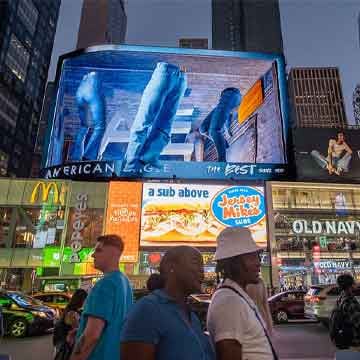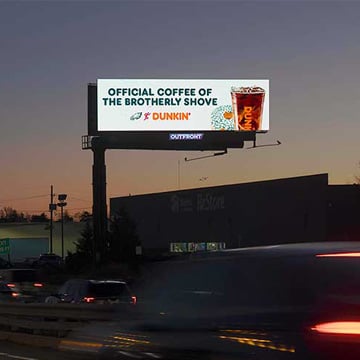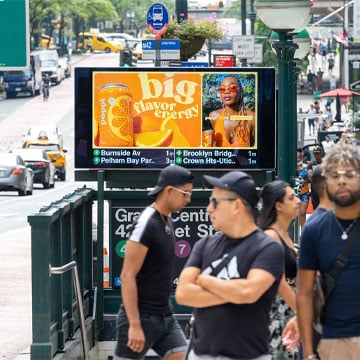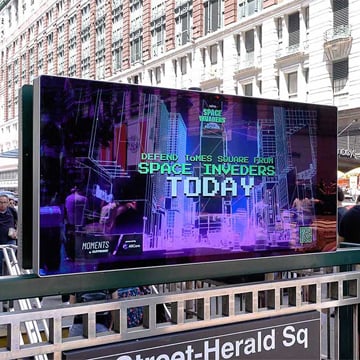
OOH FAQ: Billboard and Transit Media Measurement & Attribution
May 21, 2024
From the outside looking in, it can be easy to think of billboards like vinyl records – some kind of analog anachronism. But really, neither one’s an anachronism at all. Last year Taylor Swift fans (and other consumers) bought nearly 50 million vinyl albums, the biggest year of record sales ever. And out of home is experiencing a similar renaissance. It’s only one of two traditional advertising formats expected to see growth in 2024 (SOURCE: Magna Global).
One of the things that advertisers new to the OOH game find most surprising is how robust its measurement and attribution capabilities are, and that’s a big reason for our renaissance. In fact, out of home provides marketers with measurement and attribution capabilities on a par with leading digital channels without the fraud, tune-out, and brand safety challenges associated with those formats. That’s why today we’re devoting our OOH FAQ to this underappreciated aspect of what we do.
There’s no link to click or anything like that, so how can you measure billboard performance at all?
The short answer is your smartphone. When your phone passes through a billboard’s viewshed (the area from which it can be seen), it pings its device ID along with latitude and longitude coordinates. Our measurement partners geofence those viewsheds and assign a unique identifier (called a MAID, or Mobile Advertising ID) to mark your device present without sharing any personally identifiable information (PII). Once your phone has been identified as having been exposed to the billboard, things like footfall can be measured passively by tracking where the device goes next; KPIs like brand lift can be measured actively by engaging opted-in consumers with surveys.
Wait. Does that mean that billboards are spying on me?
Not at all! We respect the GDPR and CCPA around here. Our measurement partners have to get permission from the device/app user in order to measure or track those MAIDs, which we never see. The data we see is anonymized and aggregated, because the measurement is of the audience as a whole. Via the permissions granted in our apps, MAIDs enable the assembly of certain data-based assumptions about things like age, gender, psychographics, and behavior, all without exposing PII. For example, we can measure how many female gaming enthusiasts under the age of 30 were exposed to a PlayStation billboard – but we don’t know who any of them actually are. Because only the device is identified – not the person holding it.

So what exactly can be measured in out of home?
Lots of things! Here’s a list.
- Footfall. Did someone who was exposed to an out of home campaign then visit the physical location of the advertiser?
- Brand lift. Did the ad campaign make the brand more memorable? Did the campaign improve exposed consumers’ perception of the brand?
- Tune-in. We can correlate exposure to an out of home ad for most TV/streaming programs to the viewing thereof.
- Sales lift. Pretty self-explanatory; this one is best suited for CPG products.
- Website visitation. Did the ad send someone to the advertiser’s website? (It probably did. Compared dollar for dollar to other media, OOH drives 4.9x the website visits.)
- App downloads. Another form of digital activation that pairs perfectly with out of home, which drives 4.8x as many app downloads per dollar.
- Social media chatter. There’s an art and a science to creating a social out of home (#sOOH) campaign that goes viral, which might be why this medium outperforms the rest by 7.0x when it comes to driving social posts and 6.5x for posting videos (SOURCE: Comscore).
- QR code engagement. QR codes do more than just redirect – they also measure. By individualizing QR codes to each unit, asset type, or market, an advertiser can get a fully granular understanding of where scans are coming from.
- Mobile metrics. Layering mobile advertising on top of an out of home campaign unlocks the traditional suite of KPI measurement available to mobile advertisers.
Which kind of out of home measurement or attribution is right for my campaign?
That depends on what your campaign is trying to accomplish! Is it an awareness play? Use a brand lift study to see if consumers recall yours more easily and like it better after OOH exposure. Are you a brick-and-mortar? Footfall measures how many OOH-exposed customers walk in your door. Are you trying to drive digital activation? Slap a QR code on that baby! From the top of the funnel to the bottom, out of home delivers more than just results – it delivers actionable insights.
What do OOH attribution and measurement cost? Are they expensive?
The nice thing about the breadth of OOH attribution and measurement options is that there’s a solution to fit most every budget. Brand lift studies tend to be the costliest option, but that’s because they provide the deepest data. Social media listening sits somewhere in the middle, as there is a wide range of providers and tools from which marketers can choose. QR code and mobile advertising platforms have some degree of analytics built in, so you may already be paying for the measurement capabilities you need with those.
What about transit advertising? Can you measure that too?
Yes, we can! The impact of subway media can be quantified with brand lift studies and QR. As for bus media, we can now measure the performance of those campaigns with dynamic data based on the real-time locations of the bus ad and its viewer, as opposed to smoothed-out historical averages. It’s part of our partnership with StreetMetrics, one of the independent third-party measurement and attribution providers OUTFRONT works with.
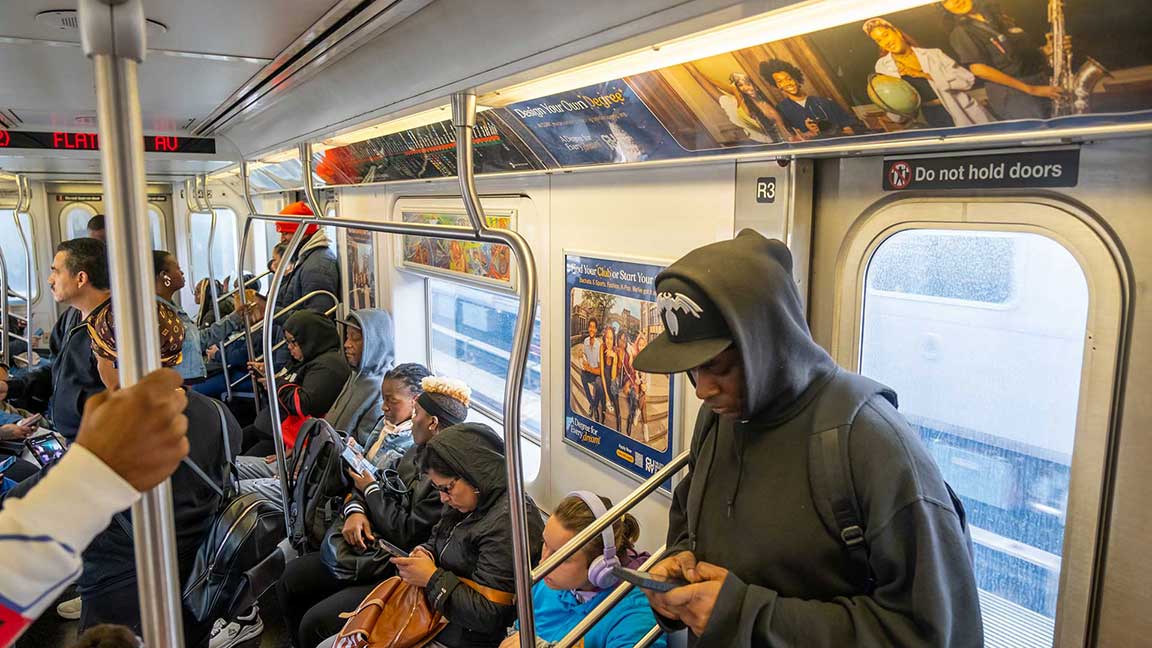
Can any OOH campaign be measured? How do I optimize a campaign for measurement?
In order to have statistically significant and therefore meaningful results, a study must have a critical mass of data, which typically translates to a campaign that reaches at least 1 million unique devices. When performing more granular measurement – say, breaking down by market or format – achieving that scale becomes even more important.
Campaign duration is also critical, especially for behavioral studies like footfall and tune-in, because it usually takes multiple exposures over time to drive true behavioral change.
Here are some tips to optimize your campaign for measurement and attribution.
- Define one clear objective for the campaign and identify your KPIs.
- Ensure that your media plan has sufficient reach to achieve statistical significance.
- Include a clear call to action to drive the behavior you want people to take.
- Incentivize QR code scans with discounts, giveaways, or promotions.
- Use unique URLs, phone numbers, hashtags, or promo codes to segregate billboard response from other channels.
- For campaigns with intended viral reach, make sure the campaign creative is worth sharing!
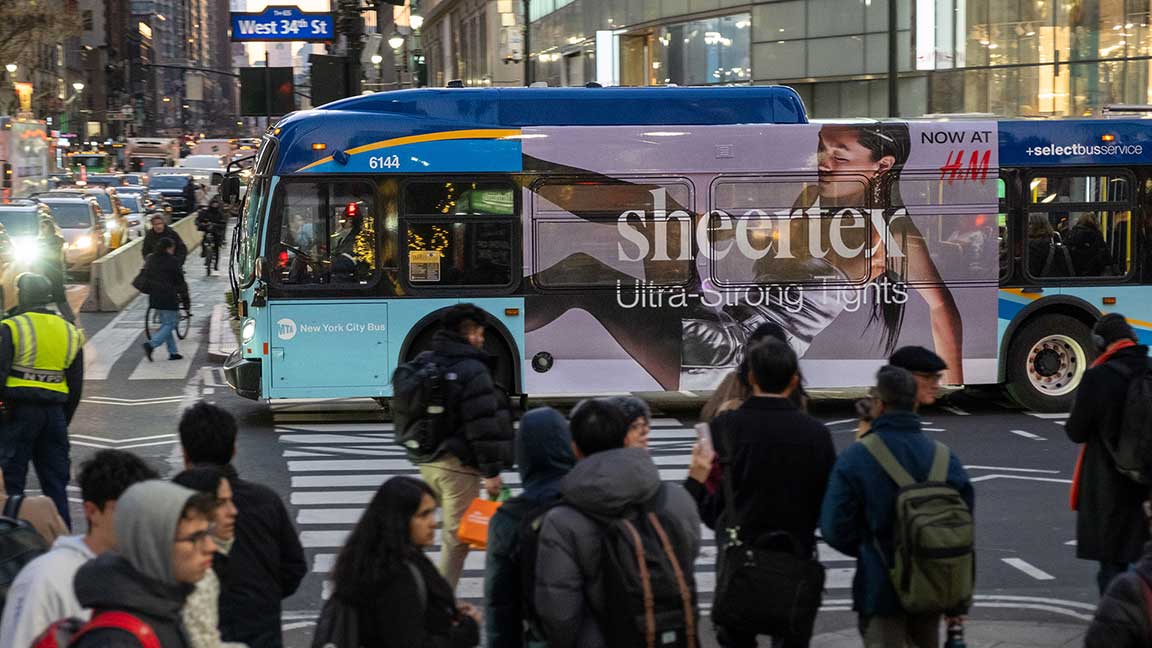
How can these measurement and attribution capabilities help me plan a more effective campaign?
We can use historical data to identify likely audiences (and where they'll be) up front. Our proprietary tool called smartSCOUT™ can help you create a truly audience-based campaign by identifying your target customers first, then identifying the assets most likely to reach them.
Okay, I’m sold. How do I add measurement and attribution to my next campaign?
This one’s easy. Just contact us!
Links to third-party content are not endorsed by OUTFRONT Media.
